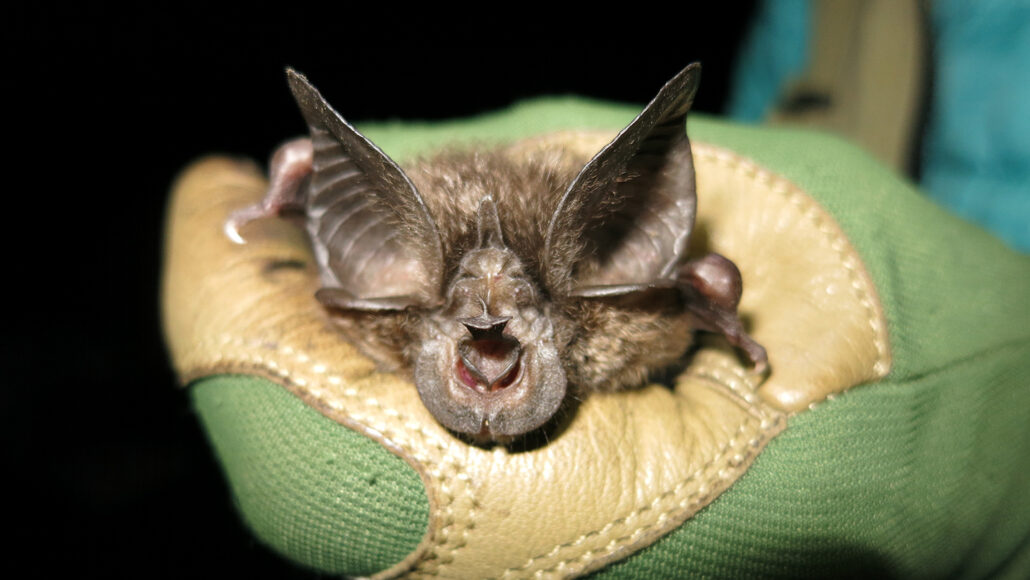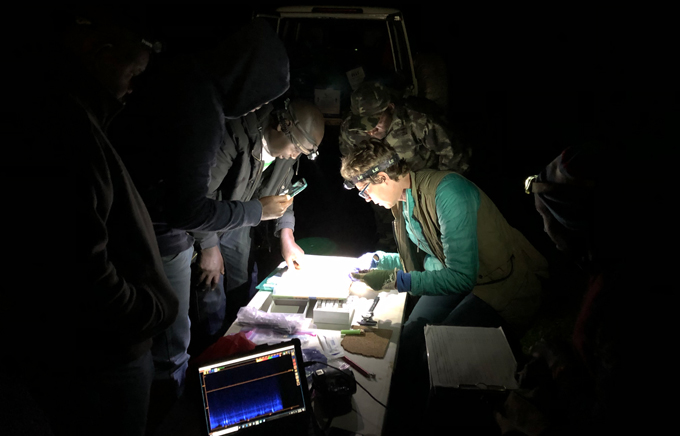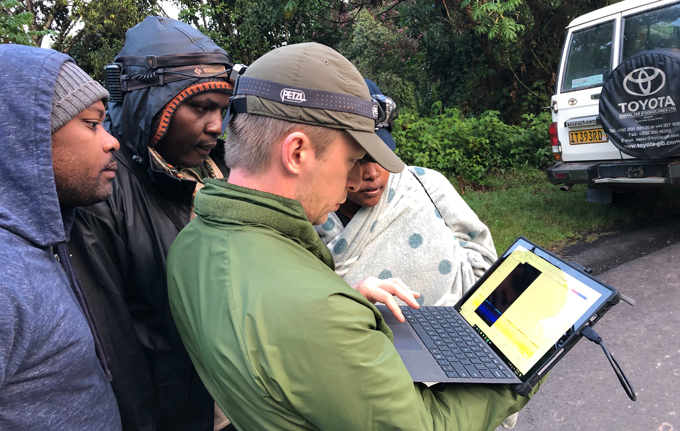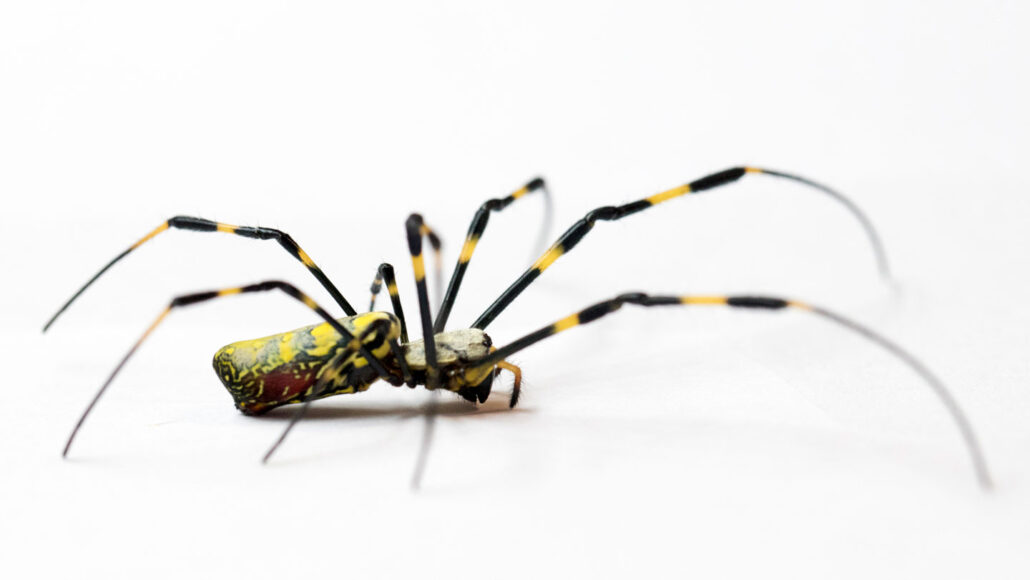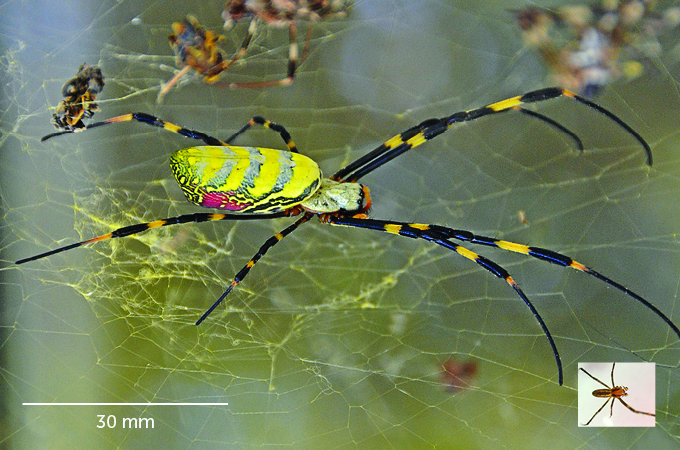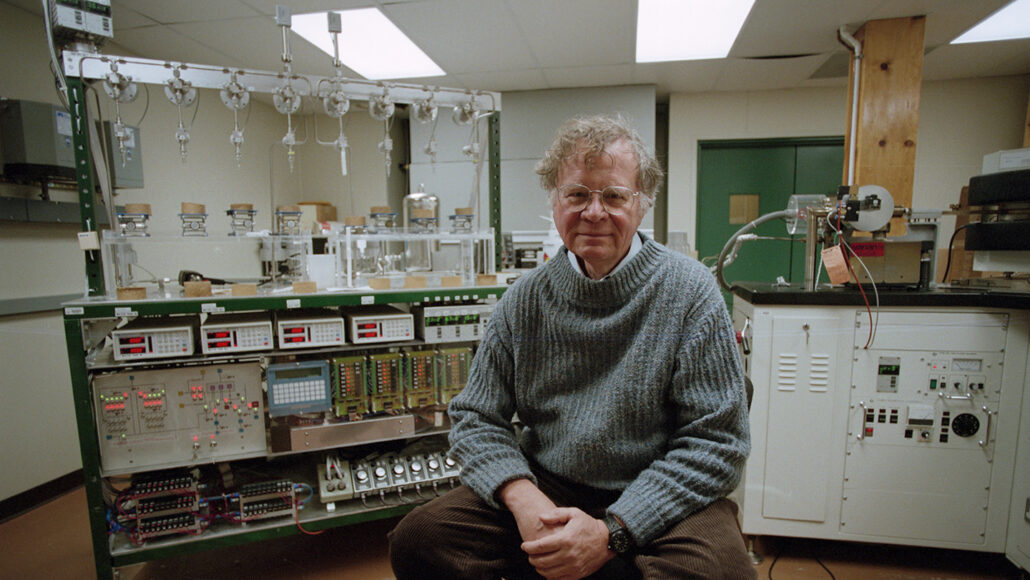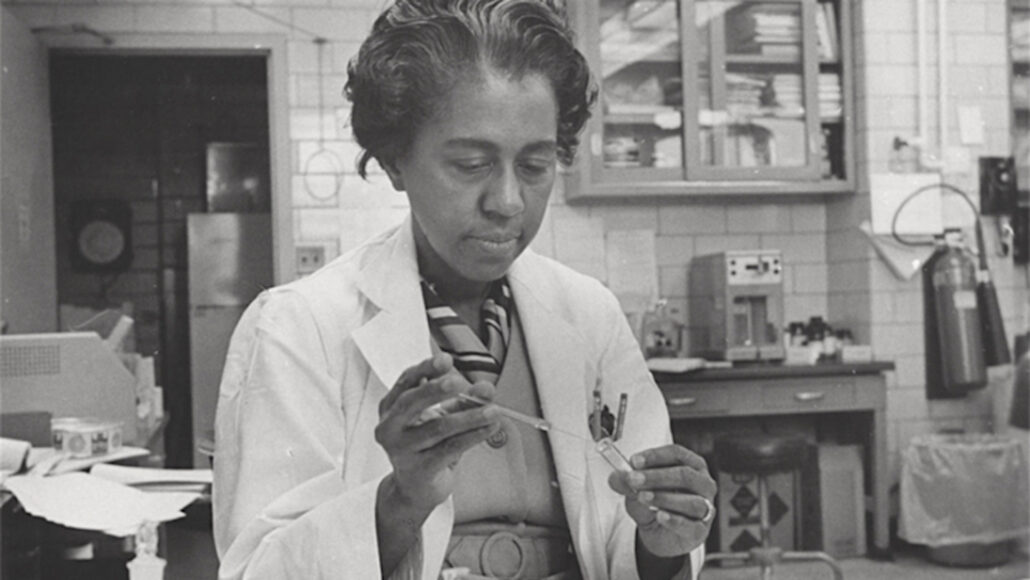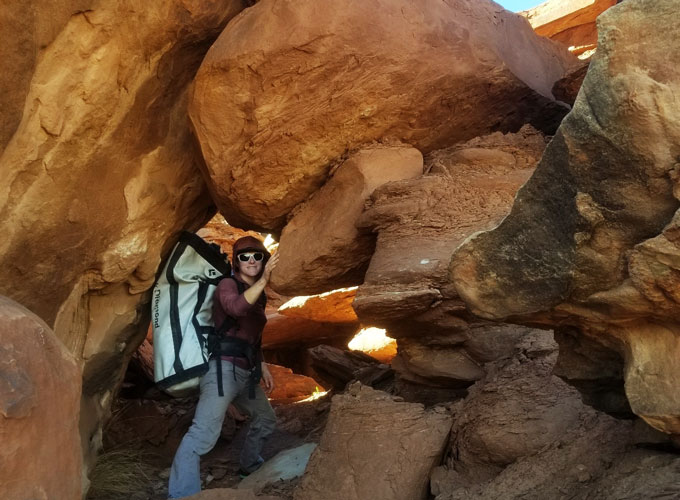Possibility to produce ethanol on a financially competitive and technically efficient basis
Date: March 29, 2022
Source: Technical University of Munich (TUM)
Summary: According to the latest assessment report from the Intergovernmental Panel on Climate Change, a considerable reduction in CO2 emissions is required to limit the consequences of climate change. Producing fuel from renewable sources such as waste wood and straw or renewable electricity would be one way to reduce carbon emissions from the area of transportation.
Ethanol is usually produced through the fermentation of sugars from starchy raw materials such as corn, or from lignocellulosic biomass, such as wood or straw. It is an established fuel that decarbonizes the transportation sector and can be a building block to reduce emissions of CO2 over the long term. In collaboration with the Lappeenranta-Lahti University of Technology (LUT) in Finland, researchers at the Straubing Campus for Biotechnology and Sustainability of the Technical University of Munich (TUM) have developed a new process for the production of ethanol.
In this context, offcut materials from the area of forestry are used together with hydrogen. The hydrogen is produced by separating water into hydrogen and oxygen with the use of electricity -- in other words, with the use of water electrolysis. In the future, this will allow the excess electricity to be used for the production of ethanol.
"The overall process mainly consists of technically mature sub-processes. However, the composition of the process steps and the final step -- the hydrogenation of acetic acid to produce ethanol -- are new," explains Daniel Klüh, a doctoral student at the Professorship of Renewable Energy Systems at the TUM Straubing Campus.
The costs of ethanol with the new production method are competitive
The researchers have also assessed the economic feasibility. "The prices we have calculated are based on assumptions for raw materials and energy. We are not using any current market prices. The calculation basis of our prices for the components in the chemical system is the year 2020," explains Klüh. The lowest cost for ethanol in the modeling was 0.65 euros per liter, with biomass costs of 20 euros per megawatt hour, electricity costs of 45 euros per megawatt hour, and a production volume of approximately 42 kilotons of ethanol per year.
"With the current lignocellulosic ethanol production options, the costs are therefore competitive. The price of ethanol is very sensitive to the costs of electricity, and fluctuates between 0.56 and 0.74 euros per liter," explains Assistant Professor Kristian Melin of LUT in Finland. One reason for the high profitability is that the ethanol yield is much higher compared to traditional fermentation based bioethanol process from straw or wood. This process produces 1350 to 1410 liters of ethanol, compared to only 200 to 300 liters of ethanol for the traditional process per dry ton of biomass.
Where production facilities could be located
Part of the study is focusing on the variable geographical positioning of production sites, which would enable a degree of independence from suppliers to be achieved. "Countries with a high potential for waste wood and green electricity, such as Finland or even Canada, can serve as producers of acetic acid, which, in the final process step, is hydrogenated to produce ethanol," explains Prof. Tuomas Koiranen of LUT.
"In the future, countries like Germany will hopefully have a green electricity mix and will be able to carry out the hydrogenation of acetic acid to ethanol at a domestic level. However, Germany does not have the waste wood potential for a large-scale biomass gasification which is required for the synthesis of acetic acid," adds Prof. Matthias Gaderer, Professor of Renewable Energy Systems at TUM.
The technology needs to mature further
With the use of green electricity to power the electrolysis, this process can produce a low CO2 fuel that has a greenhouse gas reduction potential of 75 percent in comparison with a fossil fuel such as gasoline. Ethanol is established as a fuel. It can be used in the form of both E-10 gasoline, with 10 percent ethanol in the fuel mixture for regular automobiles, as is already the case, or as ED95, which is 95 percent ethanol, as a diesel substitute for heavy goods transportation.
With their process simulation, the scientists have demonstrated the competitiveness of the process. "To commercialize this product, it is necessary to further improve the degree of technological maturity. The next steps could entail further catalyst developments, a reactor design and the construction and operation of a pilot system," says Prof. Gaderer.
Journal Reference:
Kristian Melin, Harri Nieminen, Daniel Klüh, Arto Laari, Tuomas Koiranen, Matthias Gaderer. Techno-Economic Evaluation of Novel Hybrid Biomass and Electricity-Based Ethanol Fuel Production. Frontiers in Energy Research, 2022; 10 DOI: 10.3389/fenrg.2022.796104
Ethanol is usually produced through the fermentation of sugars from starchy raw materials such as corn, or from lignocellulosic biomass, such as wood or straw. It is an established fuel that decarbonizes the transportation sector and can be a building block to reduce emissions of CO2 over the long term. In collaboration with the Lappeenranta-Lahti University of Technology (LUT) in Finland, researchers at the Straubing Campus for Biotechnology and Sustainability of the Technical University of Munich (TUM) have developed a new process for the production of ethanol.
In this context, offcut materials from the area of forestry are used together with hydrogen. The hydrogen is produced by separating water into hydrogen and oxygen with the use of electricity -- in other words, with the use of water electrolysis. In the future, this will allow the excess electricity to be used for the production of ethanol.
"The overall process mainly consists of technically mature sub-processes. However, the composition of the process steps and the final step -- the hydrogenation of acetic acid to produce ethanol -- are new," explains Daniel Klüh, a doctoral student at the Professorship of Renewable Energy Systems at the TUM Straubing Campus.
The costs of ethanol with the new production method are competitive
The researchers have also assessed the economic feasibility. "The prices we have calculated are based on assumptions for raw materials and energy. We are not using any current market prices. The calculation basis of our prices for the components in the chemical system is the year 2020," explains Klüh. The lowest cost for ethanol in the modeling was 0.65 euros per liter, with biomass costs of 20 euros per megawatt hour, electricity costs of 45 euros per megawatt hour, and a production volume of approximately 42 kilotons of ethanol per year.
"With the current lignocellulosic ethanol production options, the costs are therefore competitive. The price of ethanol is very sensitive to the costs of electricity, and fluctuates between 0.56 and 0.74 euros per liter," explains Assistant Professor Kristian Melin of LUT in Finland. One reason for the high profitability is that the ethanol yield is much higher compared to traditional fermentation based bioethanol process from straw or wood. This process produces 1350 to 1410 liters of ethanol, compared to only 200 to 300 liters of ethanol for the traditional process per dry ton of biomass.
Where production facilities could be located
Part of the study is focusing on the variable geographical positioning of production sites, which would enable a degree of independence from suppliers to be achieved. "Countries with a high potential for waste wood and green electricity, such as Finland or even Canada, can serve as producers of acetic acid, which, in the final process step, is hydrogenated to produce ethanol," explains Prof. Tuomas Koiranen of LUT.
"In the future, countries like Germany will hopefully have a green electricity mix and will be able to carry out the hydrogenation of acetic acid to ethanol at a domestic level. However, Germany does not have the waste wood potential for a large-scale biomass gasification which is required for the synthesis of acetic acid," adds Prof. Matthias Gaderer, Professor of Renewable Energy Systems at TUM.
The technology needs to mature further
With the use of green electricity to power the electrolysis, this process can produce a low CO2 fuel that has a greenhouse gas reduction potential of 75 percent in comparison with a fossil fuel such as gasoline. Ethanol is established as a fuel. It can be used in the form of both E-10 gasoline, with 10 percent ethanol in the fuel mixture for regular automobiles, as is already the case, or as ED95, which is 95 percent ethanol, as a diesel substitute for heavy goods transportation.
With their process simulation, the scientists have demonstrated the competitiveness of the process. "To commercialize this product, it is necessary to further improve the degree of technological maturity. The next steps could entail further catalyst developments, a reactor design and the construction and operation of a pilot system," says Prof. Gaderer.
Journal Reference:
Kristian Melin, Harri Nieminen, Daniel Klüh, Arto Laari, Tuomas Koiranen, Matthias Gaderer. Techno-Economic Evaluation of Novel Hybrid Biomass and Electricity-Based Ethanol Fuel Production. Frontiers in Energy Research, 2022; 10 DOI: 10.3389/fenrg.2022.796104
.jpg)

